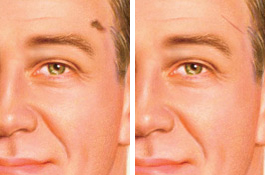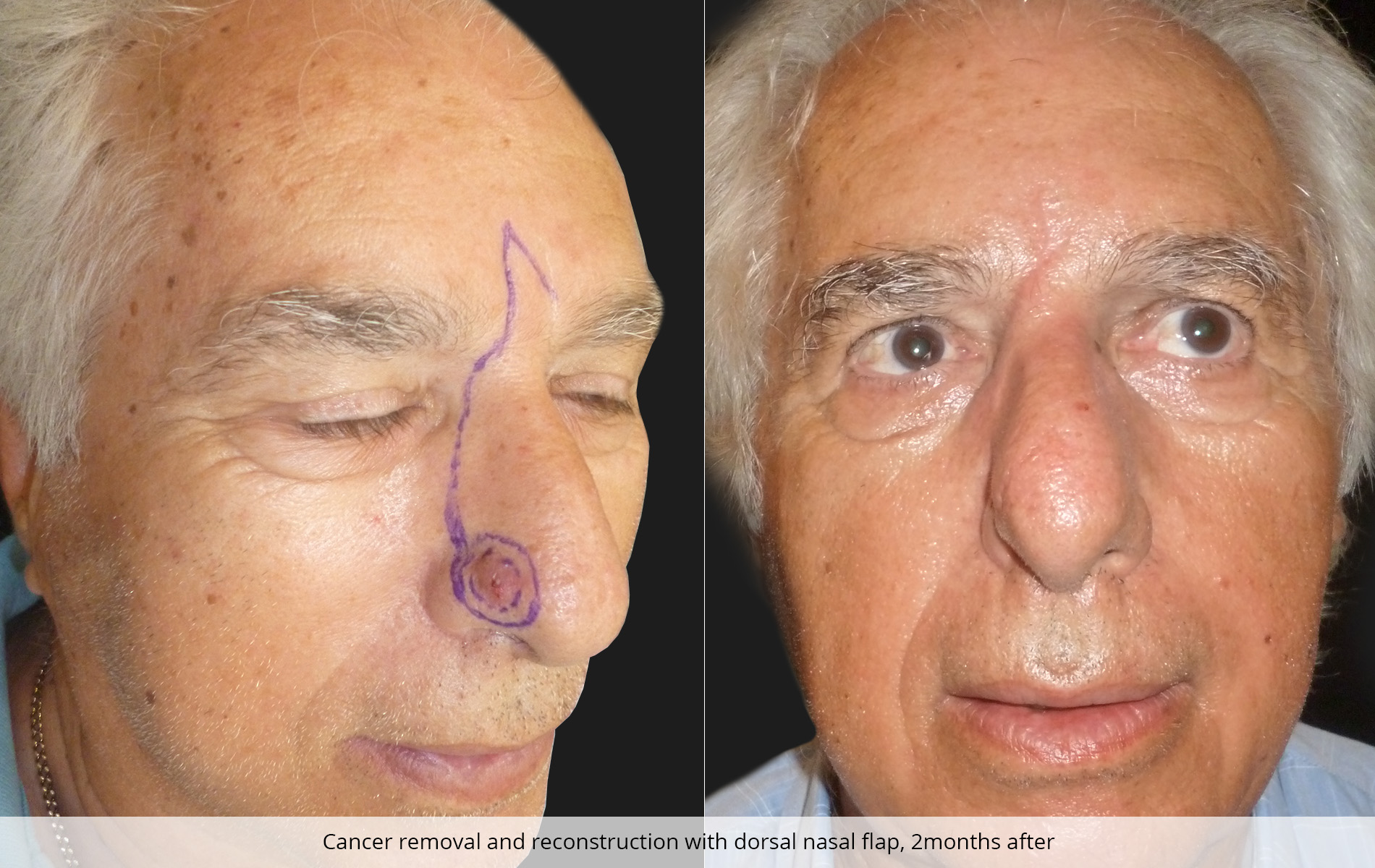The Of Skin Cancer Symptoms & Treatment - Aurora Health Care

The 7-Second Trick For Surgery for Skin Cancer - Johns Hopkins Medicine
To assist prevent infection, your doctor might prescribe prescription antibiotics. You can take additional measures to decrease the likelihood of infection, including: Not eliminating your plaster for the very first 24 hours after surgery Keeping the surrounding location tidy Bathing and cleaning the location with a liquid anti-bacterial soap (when cleared by your physician to do so): You need to not immerse or soak the injury in water until the stitches are gone and you are cleared by your doctor to do so, so hold off on swimming and taking baths.
You can use a thin movie of any petroleum-based ointment to assist keep the injury moist and avoid scabbing and scarring. What the Professionals Do Summertime Skin Security Utilizing a broad-spectrum, water resistant sunscreen, and protective clothing can shield your skin from hazardous UV rays. Find out more of the top tips for protecting your skin, and the most recent advancements in skin cancer research study.

Reconstructive Procedures: skin cancer removal
How Nonmelanoma Skin Cancer Treatment - University of can Save You Time, Stress, and Money.
These postsurgical treatments, typically referred to as adjuvant therapy, might include further surgical treatment, chemotherapy, radiation, immunotherapy, or targeted therapy.

Reconstructive Procedures: skin cancer removal
Doctors can use stitches to close small cuts, but big ones might require to be repaired using reconstructive procedures. Restoration can be performed the exact same day as Mohs surgery due to the fact that physicians can immediately verify whether the whole growth has actually been removed. For basic surgical excision, reconstruction is delayed till pathologists can verify the borders are cancer complimentary.

Skin Cancer Archives - Center for Surgical Dermatology
The Ultimate Guide To Skin Cancer Removal - Plastic Surgery - Intermountain
The surgical method depends upon the tumor location and just how much surrounding tissue was eliminated. For Also Found Here of skin that isn't too deep, physicians may use a skin graft, or a small portion of the leading layers of healthy skin. It's usually taken from a location of your body where missing out on skin would not be visible, such as the inner thigh.
It is moved while it's still connected to its existing blood supply. Cartilage, the firm, white tissue that helps give structure to parts of the body such as the ears and nose, may also need to be moved throughout reconstruction. Skin flaps are typically left in location for several weeks as the surgical site heals.

